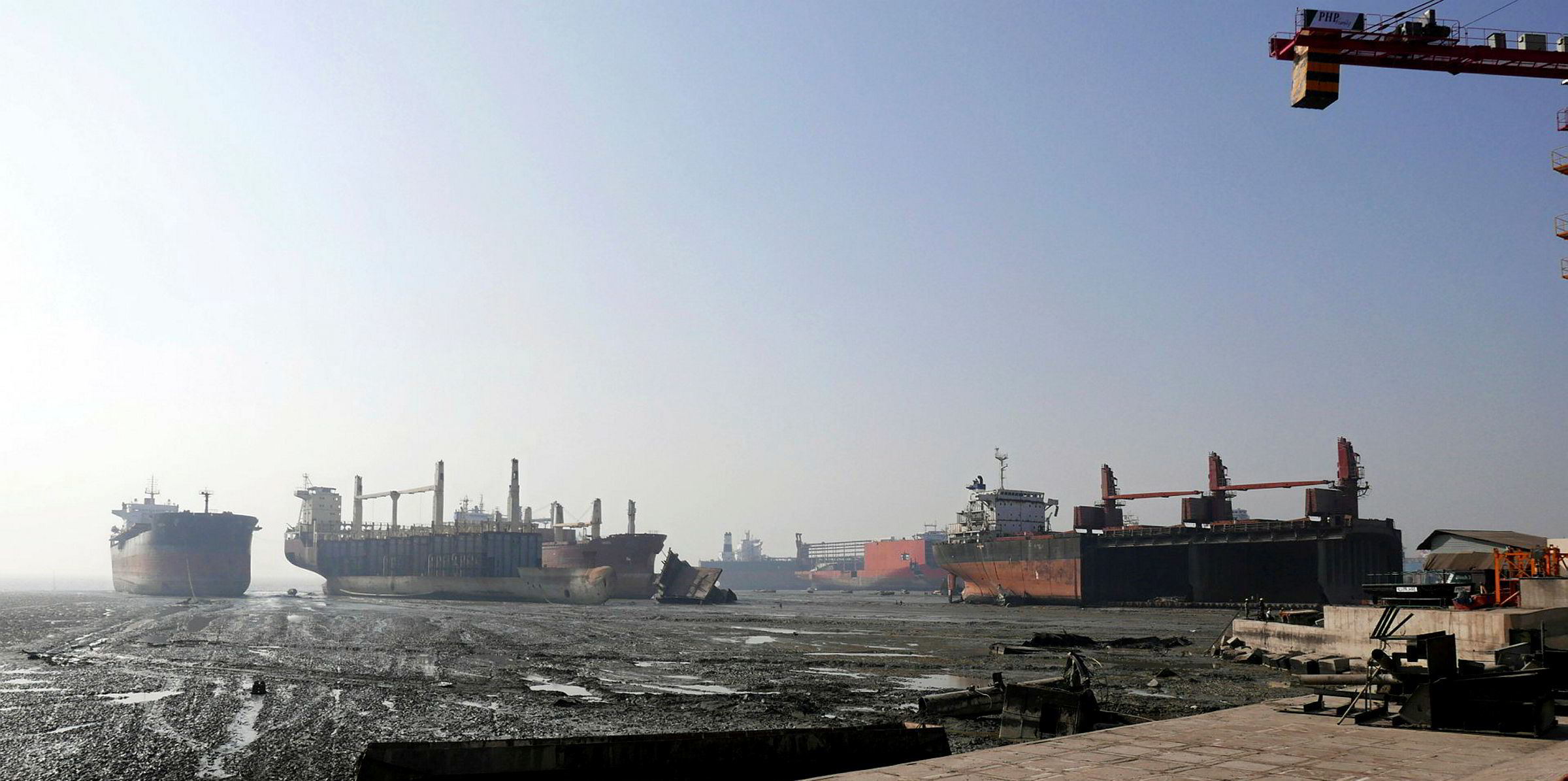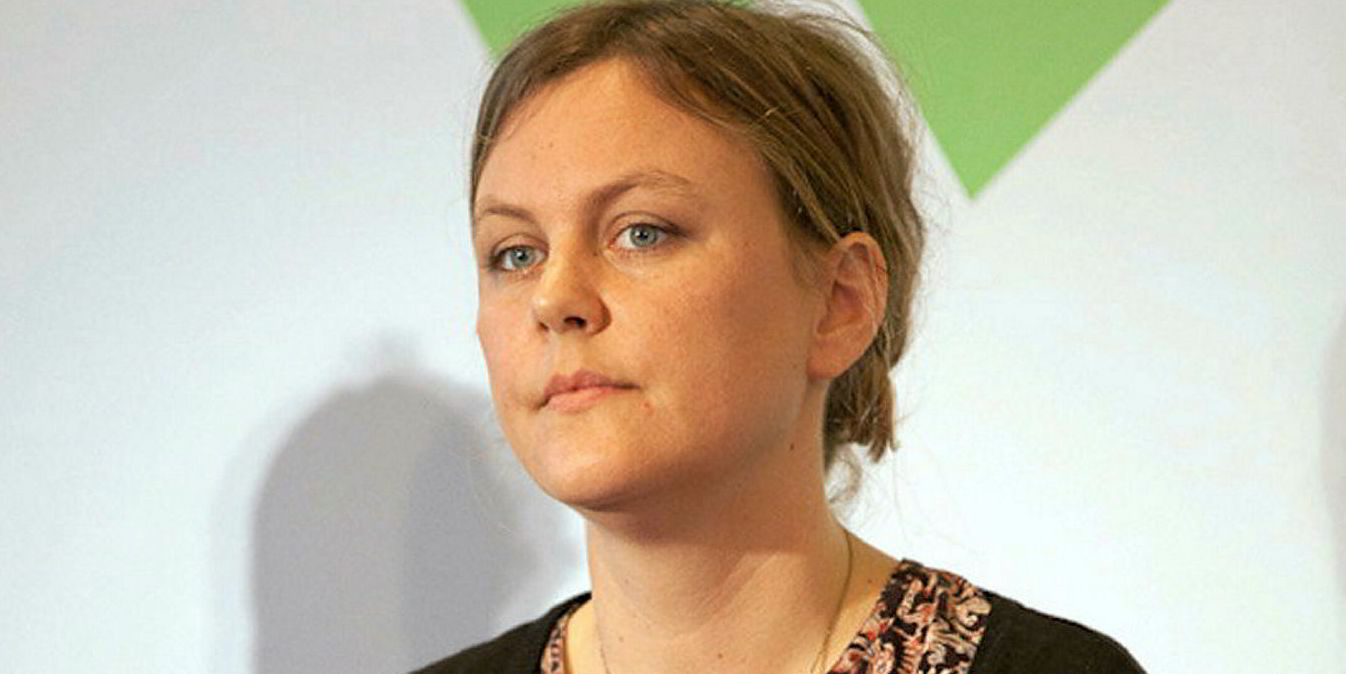The number of tankers scrapped fell steeply in 2019 amid bright earnings prospects — but some market players expect the situation to be reversed this year because of new environmental regulations.
Clarksons data shows only 52 crude tankers totalling 3.54m dwt were recycled last year, compared with 175 totalling 20.3m dwt in 2018.
The number of VLCCs sent to the breaker’s yard dropped from 31 to four, suezmaxes from 22 to six and aframaxes from 46 to one.
“After a strong 2018, scrapping activity in 2019 declined sharply,” Drewry lead tanker analyst Rajesh Verma said. “One of the main reasons for this decline was that the owners were expecting a surge in freight rates in the second half of the year.
“As there was no real pressure of higher bunker prices, owners held their old tonnage in anticipation of higher freight rates.”
The optimism about freight markets spread to the product tanker sector, where Clarksons recorded only 26 ships totalling 970,000 dwt demolished last year. Sixteen were MRs and the others were smaller vessels.
In 2018, 62 product tankers totalling 2.85m dwt were sent to scrapyards, among them five LR2s, seven LR1s and 26 MRs.
The weak scrapping volume came despite demolition rates remaining relatively firm last year.
“Demolition is connected to freight rates and expected near-term future freight rates only,” Bimco chief shipping analyst Peter Sand said. “No owner sells ships due to strong scrap steel prices.”
However, while overall earnings prospects for 2020 remain strong, some players — including top owner Euronav — predict that more scrapping could be triggered when freight earnings dip seasonally.
Owners less keen to trade older ships
With the IMO’s new sulphur cap for bunkers in force, vessels aged 15 years or above are expected to be less competitive due to their high fuel consumption.
Their owners would be less keen to continue trading these vessels once their special surveys are due, because they would need to install ballast water treatment systems (BWTS) under an IMO convention that entered into force in 2017.
We would anticipate... an increased supply for tonnage that will be recycled, especially for those assets that have surveys due
Vagelis Chatzigiannis, GMS
When dry-docking costs are included, total expenses for a VLCC to meet the regulatory requirement could exceed $2m.
“With regards to expectations for the new year, we would anticipate... an increased supply for tonnage that will be recycled, especially for those assets that have surveys due,” said Vagelis Chatzigiannis, a senior trader with cash buyer GMS.
“I feel that such [a] scenario could materialise after the second quarter of the year.”
Sharing similar sentiment, Verma expects more scrapping to pick up “once the high bunker prices start hurting the employability and earnings of old tonnage, especially after the first quarter, when freight rates are expected to soften from the current heated levels”.
“Nonetheless, owners will take advantage of high freight rates until their vessels are due for BWTS installation,” he added.
According to Clarksons, 124 crude tankers of 20.1m dwt and 158 product tankers of 8.19m dwt are due to reach the age of 15 years in 2020.
Clarksons data also suggests the buoyant rate environment failed to boost newbuilding demand.
In 2019, 191 crude tankers totalling 22.5m dwt were ordered, compared with 230 totalling 27.1m dwt the previous year.
In the product tanker sector, 76 vessels totalling 4.27m dwt were ordered last year, down from 104 totalling 5.85m dwt in 2018.
While limited financing and uncertainty over decarbonisation regulations have curbed newbuilding orders, the reluctance of shipping investors could ease concerns of oversupply, according to some analysts.
“We are very positive towards the hesitant orderings of 2019, as a control of fleet growth is needed to bring around better fundamentals for freight rates,” Sand said.







